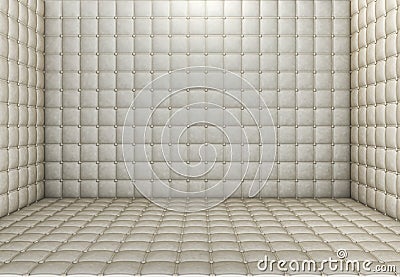New Renaissance
 Long ago a man, a skilled blacksmith, crafted a gold forged scabbard. The scabbard bore the exquisitely detailed embossed face of a lion. Perhaps it was the national emblem, the chosen symbol of his people to embody their collective spirit. Or perhaps the person he was making it for simply had a love of lions, either way it was beautiful. Each piece from his smith was a one-off, a custom job, and it was valued, treasured, and preserved by his customers.
Long ago a man, a skilled blacksmith, crafted a gold forged scabbard. The scabbard bore the exquisitely detailed embossed face of a lion. Perhaps it was the national emblem, the chosen symbol of his people to embody their collective spirit. Or perhaps the person he was making it for simply had a love of lions, either way it was beautiful. Each piece from his smith was a one-off, a custom job, and it was valued, treasured, and preserved by his customers.
Since the turn of the 20th century the developed world has clutched the hammer of tongs of industrialism. It was economies of scale – the ideology that abolished the artisans and craftsmen of old – that gave us mass production, and subsequently, the culture of mass consumption that now saturates the developed world in almost every way. It’s about the lowest common denominator these days. The highly mechanized organization of work and labour has made it easy for us to produce, but not so easy for us to innovate and create, due to the irresistible normalizing effects of a mass market economy.
The industrial age is over however, and some feel that the sun is slowly setting on the push economies of mega industry. A push economy’s goal is to ensure a constant stream of cheap and plentiful products, and a culture of insatiable and petulant want to keep the wheels turning. But the chain stores, the cookie cutter television shows, the mega mall monoliths, and the mounting landfills of last year’s iPhones, are all calling for a change to the way we view products and consumption. Consumption, the idea itself, about extracting value quickly and discarding what’s left, sums up the problem. To use and forget is the way we see the world and the things we create for it.
A new paradigm waits in the wings however. Instead of a push economy generating the glut of cheap and soulless trinkets we only need in a small way, a pull economy is emerging where the desires of the individual, rather than the market segment, can be feasibly satisfied.
Products are adorned with ornamentation as per the wishes of a particular customer, not the cynical guess of some marketing department. Sure it’s decorative, but why not? If it makes the customer happy the product fulfils its purpose. The Bauhaus was thought provoking but too controlled and sterile, in this new epoch of technological wizardry we want to create magic.
Expediency is no longer the name and game for commercial buildings. Perfect and sterile ACM panels no longer clad the frontages of the office park where you work, or the factory down the road. No these are hewn out of stone, and the copper gilding forms its natural patina on the company’s “coat-of-arms” in the elements over time.
The local Westfield that took up five blocks is gone. In its place a partially enclosed ETFE geodesic dome covers parks, gardens, cafes, a river, and a village of small but highly specialised goods and services adobes. Natural light sustains the botanic system allowing plants and grass to grow, and the shelter provided by the dome draws in the walkers, the runners, and the young families with babies in much need of short wavelength light and vitamin D.
We need to find ourselves again. We need a new renaissance: a protestant reformation against supreme pontiff incorporated who mediates our culture in the manufacturing en masse of what we see, hear, own, and eat; the very things that reflect who and what we are as human beings.
